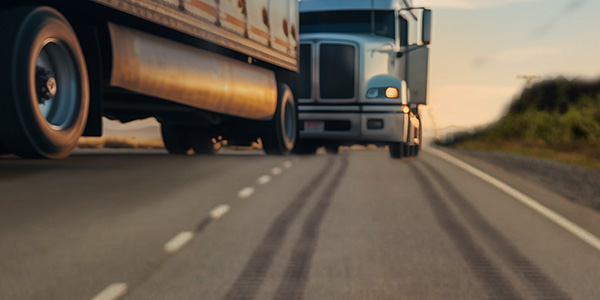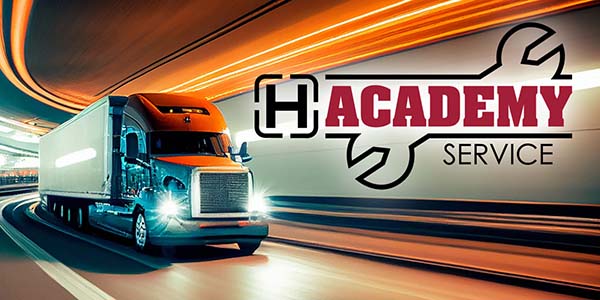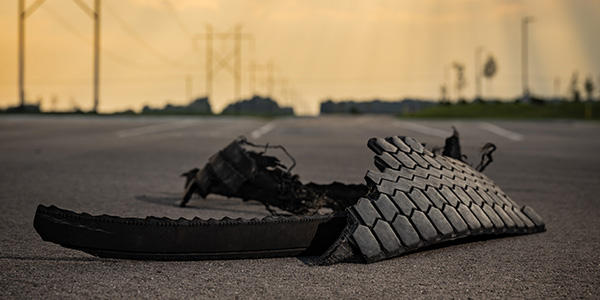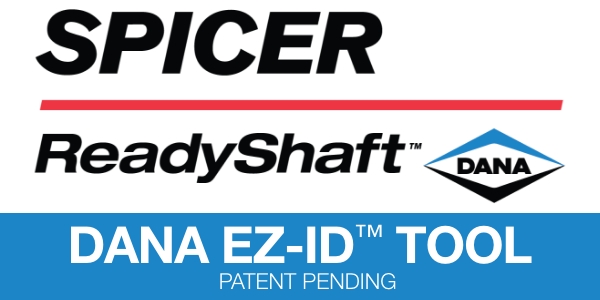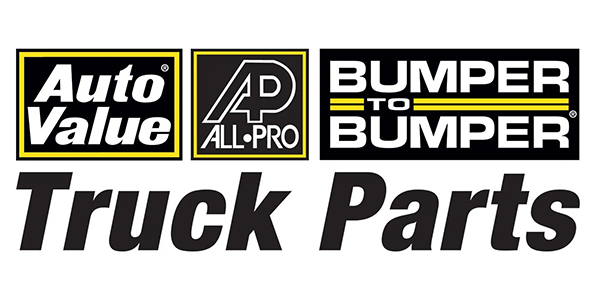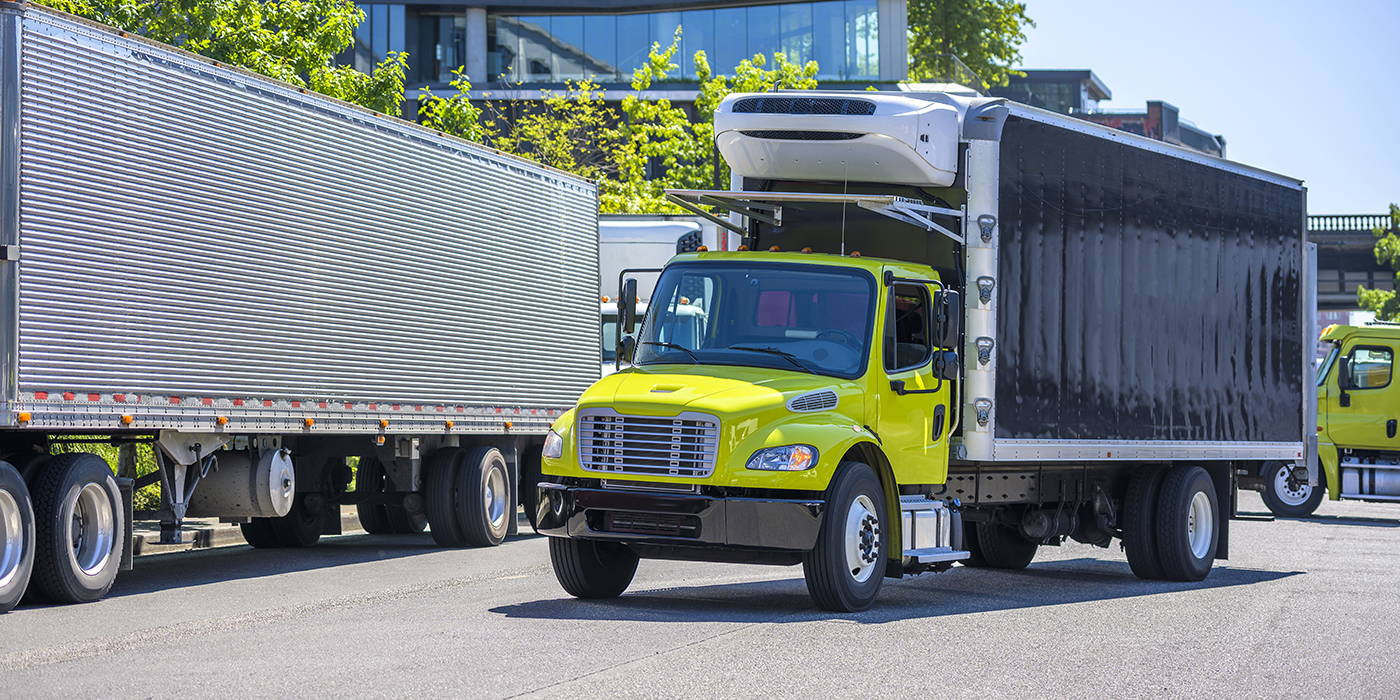There are two types of people in the world: those who are determined to be the first to embrace emerging trends and those who wait for the craze to prove its worth before pouncing on it. When safety technology was first introduced to modern vehicles, the dealers and manufacturers of the commercial industry proved to be more conservative in their efforts. With the conventional mirrors and reverse alerts already in place, there existed no pressing need to invest in high-end safety systems. The new enhancements were perceived as superfluous luxuries, and the sentiment of “if it ain’t broke, don’t fix it” prevailed (some owners and manufacturers still resonate with this perspective today).
But eventually, manufacturers and fleet owners were forced to recognize that embracing sensor technology was a strategic imperative: a decision that has drastically improved the preservation of fleet life, cargo life, and, most importantly, human life.
At the core of this transformation lies sensor technology, an unsung hero in the commercial vehicle landscape, revolutionizing how drivers operate and navigate their surroundings, effortlessly integrating into today’s applications, and shaping the future of commercial vehicles.
WHAT DO YOU MEAN “NINE LIVES”?
In the unpredictable realm of the open road, truckers, who spend most of their time behind the wheel, deserve the safest seats for their journey. Any safety system engineer can tell you that this is their mission—to give drivers the best chance of arriving at their destination without so much as a scratch.
Still, most semi-trucks today lack backup cameras and rarely feature blind-spot detection. Observation systems, if present, usually serve just to record the driver’s perspective in case of incidents. This clashes with passenger cars, where safety features like Tire Pressure Monitoring Systems (TPMS) and backup cameras are not only expected but legally mandated.
Safety technology producers like Voyager™ continue to infiltrate the market, bringing more visibility and awareness to drivers without the hassle of changing drivers’ habits and processes. It is the mission behind the engineers and producers of safety technology to act as an additional pair of eyes, diligently monitoring surroundings, detecting potential perils, and affording commercial drivers the metaphorical “nine lives” to navigate safely.
NINE LIVES IS NOT A LUXURY: HOW INTEGRATION IS AS SMOOTH AS A CAT’S STRIDE
Implementing additional equipment, such as safety technology, to new and existing in-service vehicles brings numerous questions to the table. However, the teams behind solutions like Voyager’s AIO have considered the daunting process, making customization possible. The system’s capability to read can-bus has made it more desirable to fleet owners and commercial vehicle manufacturers. It has already been adopted by fleets, bringing more visibility and awareness to drivers without the hassle of changing drivers’ habits and processes. These advancements not only enhance safety but also streamline the transition for fleets, demonstrating a commitment to the industry’s ongoing evolution.
Revamping commercial vehicle safety might be a slow process. But it’s just another reason that AIO’s engineers and product development team are prepared to walk fleet owners through every step.
EMBRACING THE FUTURE: BEYOND NINE LIVES
As we peer into the future of commercial vehicle safety, the promise of nine lives becomes even more pronounced. Artificial intelligence (AI) and machine learning, combined with sensor technology, will play a pivotal role in this safety revolution. Soon, driving a work vehicle will be a similar safety experience to driving a personal car.
But the technology won’t stop there. Imagine vehicles that can predict potential accidents based on historical data, anticipate driver fatigue, and take preventative measures. Autonomous vehicles guided by a network of sensors and AI will grant drivers the ultimate “nine lives” experience, where human errors are minimized, and road safety reaches unprecedented levels.
The evolution of commercial vehicle safety is not just about making driving more convenient; it’s about granting drivers multiple chances to stay safe on the road.



